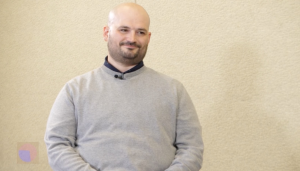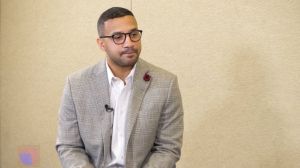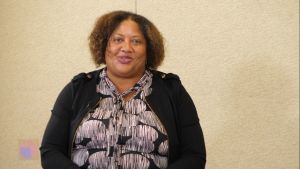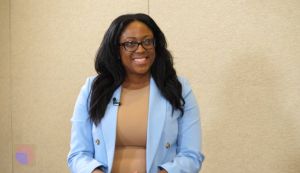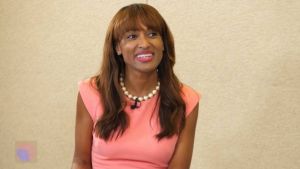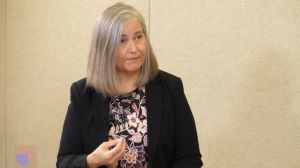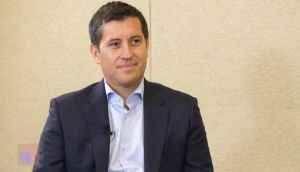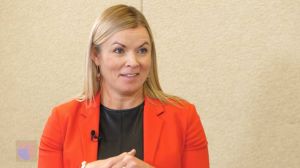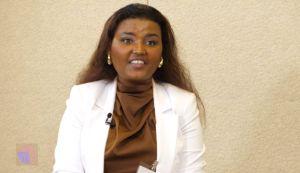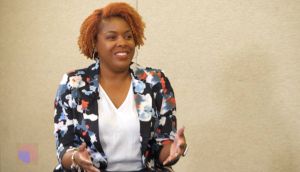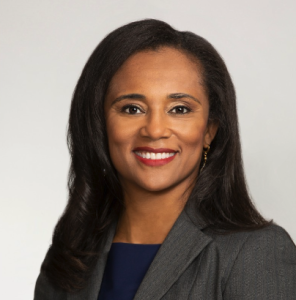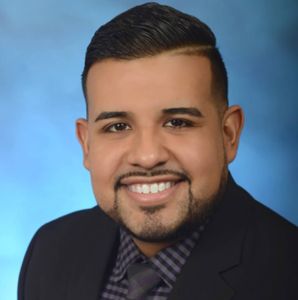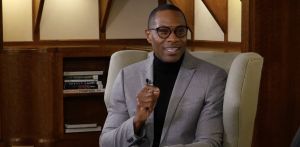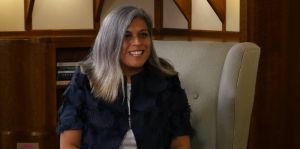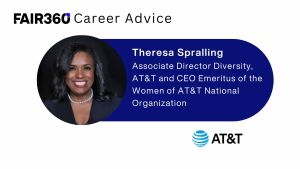Ali Master is a senior partner in EY’s National Tax Department and is based in the Dallas office. He leads EY’s Workforce Advisory Services including the Affordable Care Act, Employment Tax Advisory, and Hiring Tax Credits.He has been with EY for 23 years and has been a partner for almost 15 years.Ali has extensive experience designing and delivering managed tax services to national employers.He is supported by a cross-functional team with over 300 professionals.
Ali is member of EY’s Americas Inclusiveness Advisory Council and also co-chairs the firm’s Asian Partner Work Group—a partner group committed to advancing equity for EY’s Asian professionals.
Ali holds a bachelor’s degree in accounting from the University of Texas at Dallas. He is a board-certified CPA and also holds a CCIP (Certified Credits & Incentives Professional) designation through the Institute for Professionals in Taxation.
DI: Why is diversity and inclusion important to you?
Master: I have personally experienced the powerful impact of diversity & inclusion (D&I) on my own career by having inclusive leaders, mentors, and sponsors who believed enough in D&I to allow me opportunities that otherwise would not have been possible.To elaborate further, I had a somewhat non-traditional start to my career.Prior to joining EY as 2ndyear staff, I had already worked for several years for a boutique firm that specialized in certain niche tax services.Having an entrepreneurial bent, I wanted to start a similar new business at EY. It took serious sponsorship, inclusion, and belief on the part of several key EY partners that availed me the freedom to start building a new practice at EY even as a young senior.They saw “different” and embraced it.The mentoring and coaching I received along the way completely changed the trajectory of my career. It also resulted in tremendous dividends for the firm proving the business case for diversity and inclusion.
DI: You are a member of EY’s Americas Inclusiveness Advisory Council. From your lens, how important is an executive diversity council to driving a company’s D&I strategy and holding senior leaders accountable for results?
Master: I believe such a council is vital and I am so glad that the firm has continued to make this investment.Having the executive diversity council has a multipronged impact in cascading the importance of this business imperative.First, it allows for an open and candid dialogue with leadership about our results and the gaps that may exist.It also provides senior leadership an opportunity to ‘get out of the board room’ and listen to a wide range of perspectives.Second, since many of the IAC members are in key leadership roles across the firm, it helps further engender accountability for each of us to serve as micro-cultures and impact our own sphere of leaders who may not yet be as informed about the significance of diversity and inclusion in terms of being a major catalyst for innovation, attraction and retention of talent, and winning.
DI: Can you cite an instance in which being an inclusive leader made a difference and delivered better results or an innovative solution?
Master: Over the years, I have had the privilege of leading many diverse teams and initiatives.Even today, over 70% of my executive team is comprised of either women, minorities, or members of the LGBT community.Nothing surpasses however what I experienced in terms of innovative solutions being developed by a highly diverse team than our Affordable Care Act (ACA) technology and services.In 2014-2015, we pulled together a global team of over 200 EY professionals to design, develop, and deliver a solution to serve over 275 national employers comply with the complex requirements of the ACA.We had a diversity of background—tax, HR, benefits, technology.A diversity of race, gender, age and heritage—Black, Caucasian, Chinese Indians, Latino, Nepalese, and Pakistanis.And a diversity of personalities—visionaries, drivers, analyticals, and more.The results were terrific! Our ACA COMPASSSM technology received the 2015 Gold Level Stevie® Award for Technical Innovation of the Year.It was one of those experiences where you sit back and watch in awe at what this amazing tapestry of professionals collectively produced.I can’t imagine a homogenous team ever achieving such results.
DI: Do you sponsor anyone at EY? If so, what are some good attributes of both the sponsor and protégé?
Master: Yes, I am presently a sponsor to several individuals.Additionally, during the course of my fifteen years as a partner, I have had the opportunity to sponsor many others.I definitely feel that both the sponsor and the protégé have a role to play.Let’s start with the sponsor, who must be willing to advocate for their protégé at the right venues and to key decision makers that can influence the career trajectory of their protégé. Furthermore, a good sponsor must stay abreast of what others in leadership think of their protégé and whether there are any real or perceived gaps in skillset, business-case etc. that they need to convey to their protégé and/or advocate for assignments that can bridge those gaps.Finally, a key attribute for the sponsor is to be honest and realistic with their protégé in terms of what they must do to achieve their career milestones. And then, help coach them through that journey. In my view, however, the primary responsibility to get the maximum out of the sponsor-protégé relationship falls on the protégé.Good attributes for a strong protégé include ensuring that they over-deliver for their sponsors.Said another way, to make the job of the sponsor easier.A solid protégé must develop a strong personal brand, follow through on their commitments, and take control of their career. A protégé should not wait around for the sponsor to “make things happen” for them.Also, depending on how far removed the sponsor is from the protégé’s day-to-day responsibilities, it’s the protégé’s job to provide the sponsor with up-to-date and accurate information about their accomplishments and to drive the relationship.I am so thankful for the range of sponsors over the years who have helped shape my own career.Interestingly, as others have said before me, most of my sponsors did not look like me.


